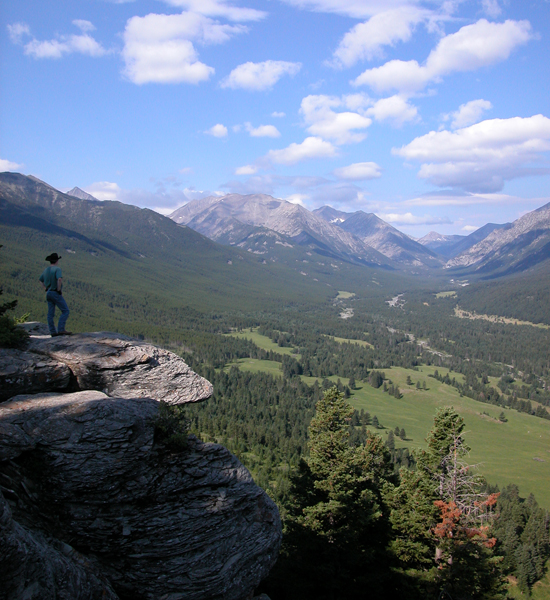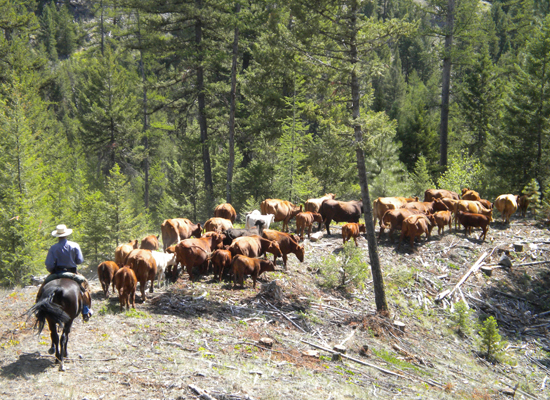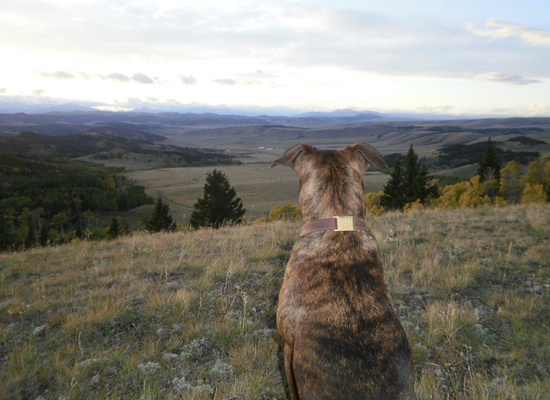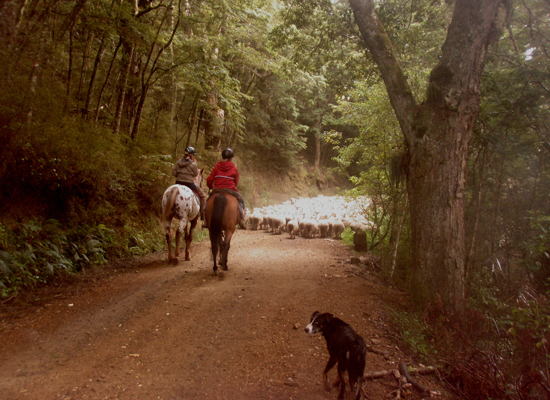Working ranches allow a very hands-on experience, where you can experience lifestyles you have been curious to find out more about but have only previously been able to experience through reading and TV viewing. Just one example of this is the highly-skilled craft of forestry – an important part of land conservation. It's an educated approach that has been passed down and honed from generation to generation, and is even more important now as it was at it's inception. On a working ranch vacation, you can learn all about forestry, including its importance to both the local ecosystem and community, and what is really involved in good forestry.
 Photo: Sweet Grass Ranch, Montana, USA
Photo: Sweet Grass Ranch, Montana, USA
Ranch forestry: an overview
Interested but want to know more? Here is a quick overview of what you need to know about forestry to ensure that when you arrive on your working ranch vacation you can hit the ground running.
 Photo: McGinnis Meadows, Montana, USA
1. What creates a healthy forest?
A healthy forest needs space, sunlight and moisture in order for the trees to achieve their full potential. Depending on rain fall and how steep an area is, the age, diversification and spacing of trees can give people a good estimation of the last time the forest was manipulated (through human/mechanical means of logging or fire). Forests are multi species – in other words, there are several different woody species in a forest.
Photo: McGinnis Meadows, Montana, USA
1. What creates a healthy forest?
A healthy forest needs space, sunlight and moisture in order for the trees to achieve their full potential. Depending on rain fall and how steep an area is, the age, diversification and spacing of trees can give people a good estimation of the last time the forest was manipulated (through human/mechanical means of logging or fire). Forests are multi species – in other words, there are several different woody species in a forest.
 Photo: Badger Creek Ranch, Colorado, USA
2. What does an unhealthy forest look like?
Although attractive to the eye, an unhealthy forest has a very heavy canopy (where the trees are so close together that sunlight can’t reach the forest floor). Too many trees of one age structure means that you won’t have any replacement or new growth - or your new growth is just a thicket. Overgrown forests, where sunlight is not reaching the ground, means that trees are growing so densely that they compete with one another, which won’t allow them to reach their full potential.
Photo: Badger Creek Ranch, Colorado, USA
2. What does an unhealthy forest look like?
Although attractive to the eye, an unhealthy forest has a very heavy canopy (where the trees are so close together that sunlight can’t reach the forest floor). Too many trees of one age structure means that you won’t have any replacement or new growth - or your new growth is just a thicket. Overgrown forests, where sunlight is not reaching the ground, means that trees are growing so densely that they compete with one another, which won’t allow them to reach their full potential.
3. The truth about logging
It's hard to miss the bad press that logging has received in recent years. But the truth is logging hasn’t created unhealthy forests –incorrect logging methods have. When you get the educated rancher/logger on proper management, they are the best stewards of the land. By carefully selecting the trees to be removed in a sustainable way over a suitable period of time, ranchers can actually support a healthy forest ecosystem.
 Photo: Beaumont High Country Experience, Southland, New Zealand
Photo: Beaumont High Country Experience, Southland, New Zealand
4. Safeguarding against forest fires
We are taught to fear forest fires but they have their place in forestry history. It may appear that fire leaves only devastation in its wake but, remember, fire has made most of the healthy forests we look at today. Thirty years ago or so they just let fires burn to create those healthy forests, but now with so many structures and homes built in the middle of these dense forests, we need to put these fires out.
If people can be educated upon what a healthy forest looks like, they can create fireguards within their own areas and healthy forests, thus reducing the chances for wildfires to get out of control and put their homes/structures in jeopardy. Working ranches encourage individuals to start educating themselves on how to truly create a healthy forest to ensure their own safety, because everyone who builds homes in these dense areas can become safer in their environment through healthy forest management.
Listen Paul Vahldiek from High Lonesome Ranch, Colorado, talk about the challenges and importance of taking a holistic view of conservation to safeguard land for the future:
To book your working ranch vacation, visit our list of quality-approved working ranches on the Top50 Ranches site or view all of our ranch vacations to find your perfect ranch getaway for 2014.
–Soraya Abdel-Hadi